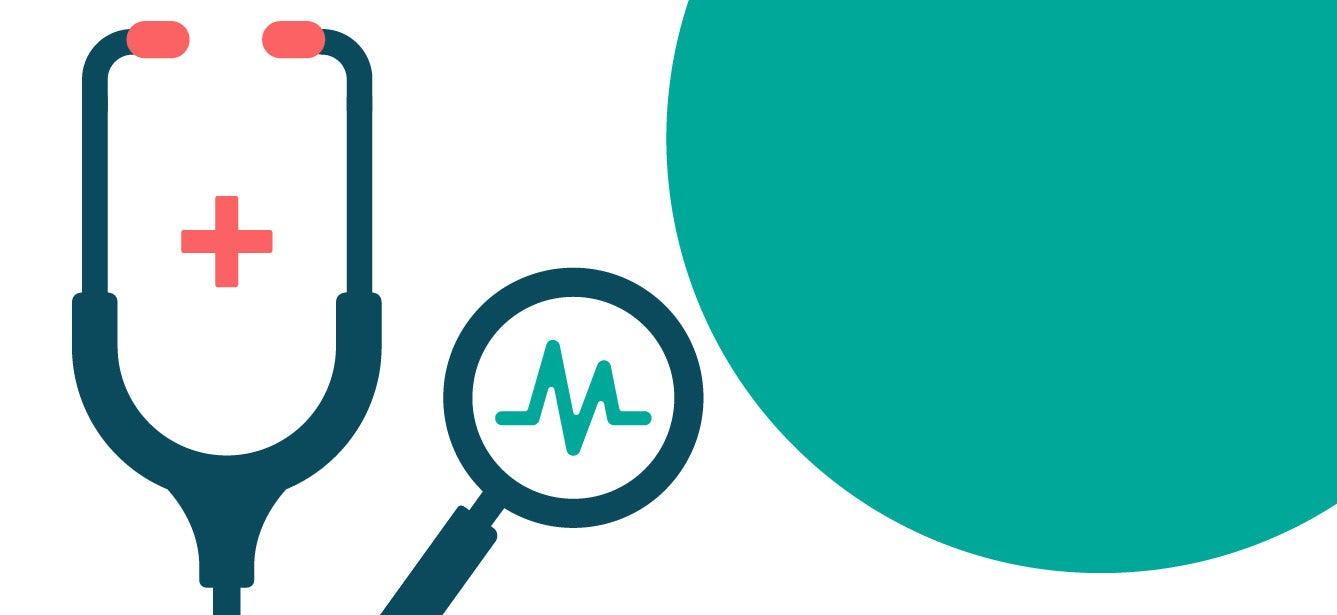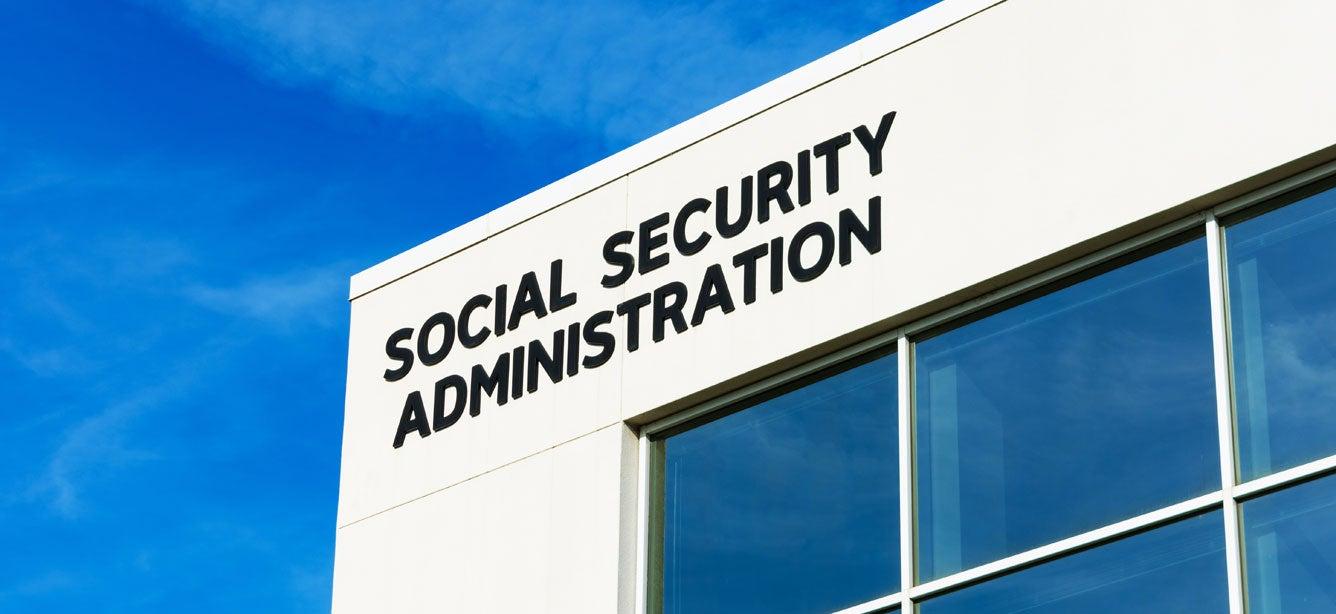
Shortly after turning 96, Betty began to wonder whether she should continue driving.
It was a tough question. A fiercely independent woman still living on her own, Betty’s beloved car had always represented freedom: freedom to go wherever she wanted, whenever she wanted, without having to ask anyone’s permission. As she grew older, it had come to represent something else, too: her suburban home’s detachment from walkable daily amenities like the grocery store, bank, and her doctor’s office.
If Betty wanted to get anywhere, she had to drive. And it was getting harder to argue that navigating through traffic was easy or enjoyable. Plus, her out-of-state adult children were getting a little more vocal in their worry.
That’s when it clicked.
“Moving into an independent living facility just made sense,” Betty said.
“Most of us want to remain at home well into their later years,” observed NCOA's Rosalind Newsholme, Program Associate for the Center for Economic Well-Being. “But for a variety of reasons—like living too far from basic conveniences or family who can help—it may not be the most realistic option for every older adult.”
For Betty and her children, independent living addressed this challenge in a mutually acceptable way. By living in her own apartment, Betty was able to maintain her privacy and autonomy; by being part of a community that offered extras like transportation services and on-site banking, she alleviated her family’s stress. Plus, her facility offered “step-up” services if and when she ever needed skilled nursing or memory care.
Does Betty’s situation sound like yours? If so, independent living could be a good option. But it’s also expensive. For that reason, many people wonder if and how it’s possible to pay for independent living with Medicaid.
Here’s what you need to know.
Understanding Medicaid and independent living
What is Medicaid?
Medicaid is a public health insurance program for people with low incomes and limited resources. The program is jointly funded by the U.S. federal government and individual states, who are mandated to cover certain routine and acute physical and mental health care services.
Roughly 1 in 4 people enrolled in Medicaid is either an older adult or someone living with a disability.1 It’s not surprising, then, that Medicaid is the primary coverage provider for long-term care services and supports for low-income people in the United States.1,2
Medicaid is not the same as Medicare, which is a federal health insurance program for adults age 65 and older and certain younger people with disabilities. People enrolled in Medicare usually pay a share of their health care costs through deductibles, coinsurance, and copayments. Since Medicaid covers people with low incomes, enrollees have minimal or no out-of-pocket costs for covered medical expenses.
What is independent living?
Independent living offers housing autonomy for adults—generally age 55 and over—who are able to take care of themselves but no longer wish to take care of a home. For many people like Betty and their families, this type of setup can also provide the peace of mind that comes with built-in community.
In most independent living facilities, you can choose to reside in a private apartment, townhome, or small carriage home. These spaces generally are situated around or near to one or more common areas. Amenities can include:
- Regular housekeeping service
- Shared dining facilities
- Optional meal plans
- Transportation
- Social activities and group outings
- Building security and 24-hour staffing
Some communities provide additional conveniences such as on-site banking and scheduled visits from barbers, beauticians, hearing and vision professionals, and more.
Unlike skilled nursing facilities, or nursing homes, independent living communities do not include getting help with the activities of daily living (ADL)—things like getting into and out of bed, taking a shower, using the toilet, and eating. This is an important distinction when it comes to Medicaid coverage, as you’ll see below.
How much does independent living cost?
No doubt about it: it’s expensive by most anyone’s standards, Newsholme said.
According to Genworth’s interactive Cost of Care Survey, for example, the average monthly cost of a private, one-bedroom community living space in Betty’s home area of Boston is $7,234 (or $86,808 per year).3 These prices vary by region, but even in states where costs are lower—such as Alabama—you’ll still pay an average of $3,716 per month, or as much as $44,592 annually.3
“These expenses simply are out of reach for many Americans living on fixed monthly income,” said Newsholme. Which begs an important question:
Does Medicaid cover independent living expenses?
Medicaid is a health insurance program. If you’re enrolled in Medicaid, that means you can’t use your benefits to pay for things like room and board—which make up the majority of costs associated with independent living.
However, if your physical or mental health status changes while you’re living in an independent community—and you end up needing assistance with ADLs—you may be eligible to pay for these services through Medicaid waivers.2 These programs "waive" rules about how states can provide long term care, allowing some services to be provided in the community rather than only in a nursing facility.
Also known as Home and Community-Based Services (HCBS) Medicaid waivers, or 1915(c) waivers, this program intends to help older adults and people with disabilities live independently for as long as possible—by delaying their need to move into a skilled nursing facility. HCBS Medicaid waivers cover a variety of medical and non-medical services4 including:
- Home health aides
- Personal care
- Housekeeping assistance
- Adult day programs
- Respite care
- Case management
Because each individual state administers its own Medicaid program, it’s important to know that the availability of HCBS waivers—and what they do and do not cover—can vary depending on where you live. To find out more about these waivers in your state, visit the Medicaid.gov website.
Applying for Medicaid to pay for independent living
Assessing your eligibility
Remember, Medicaid will not cover your monthly rent, meal plan fees, or other independent living facility costs. Depending on your situation and where you live, Medicaid HCBS waivers can help with certain other expenses.
To qualify for a Medicaid HCBS waiver, you must meet specific requirements, including:
- Functional eligibility
You must be able to show that you need the services covered by the waiver—such as assistance with ADLs. A health care professional who works with Medicaid will assess you to decide whether you meet this requirement. - Financial eligibility
Each state’s income rules are different.5 You also cannot have more than $2,000 in assets (certain types of assets, like your primary residence, are exempt).
If your state offers a Medicaid waiver program and you think you might qualify, your first step is to apply for Medicaid itself (if you’re not already enrolled). More on this below.
It’s also worth noting that some states allow for “spenddown” to help Medicare enrollees qualify for Medicaid benefits.6 This means that you can subtract any medical expenses not covered by Medicare—including insurance premiums and deductibles—from your income in order to reduce it. Spenddown helps older adults with high medical expenses find some relief from this financial burden. Each state’s spenddown rules are different. If you plan to apply for Medicaid, be sure to ask whether spenddown is an option.
How to apply for Medicaid
You can apply for Medicaid through your state Medicaid agency or through the Health Insurance Marketplace. There are no particular enrollment periods, which means you can submit your application at any time during the year. And in most cases, you can apply online, in person, by mail, or over the phone.
Before you start your application, it’s worth investing a little time to gather the documents you’ll need to complete it. These can include:
- Your birth certificate
- Your driver’s license, passport, green card, or other proof of lawful residence
- Your Social Security and retirement statements, pay stubs, and other proof of income
- Your bank statements, insurance policies, and other proof of financial assets
- Your existing health insurance card (if you have coverage)
Medicaid eligibility rules are always changing. Even if you’re not sure whether you qualify, you should still apply.
Paying for monthly fees in independent living
Medicaid’s limitations
Because it’s a health insurance program, Medicaid does not cover independent living costs. Medicaid waivers may cover certain supportive services if you need them and are eligible.
That said, Medicaid has strict income requirements in order to qualify for health care benefits and waivers. Depending on your specific situation, you may not. Betty didn’t—which meant she had to find additional ways to pay. If you’re considering a move to independent living, it’s important to look closely at the costs and whether—and how—you can afford them.
Alternative funding options
Medicaid, Medicare, and long-term care insurance will not pay for the costs of independent living. That means you will need to use personal savings, Social Security income, pension payments, retirement accounts, proceeds from selling your home, or other private funds (such as a loan from a relative) to cover this expense.
Speaking to a qualified financial counselor can help you better understand the lifetime cost of moving to an independent living community, and how that cost fits in to your own personal budget plan.
Comparing Medicaid and Medicare in independent living
As with Medicaid, Medicare does not cover independent living expenses. That’s because room and board fees aren’t medically necessary.
However, if you reside in an independent living facility and you become homebound, Medicare Part A and Medicare Part B may cover certain eligible home health services. This coverage only applies if you need part-time, or intermittent, care.
These same limitations apply if you are “dual eligible”—meaning you have both Medicare and Medicaid. If you qualify for a Medicaid HCBS waiver, some supportive services you may receive in your independent living facility could be covered. Be sure to inquire about the rules in your state.
Independent living FAQ
How much does Medicaid pay for independent living?
Medicaid does not cover the costs typically associated with independent living, including buy-in fees, monthly rent, meals, and other facility charges.
What types of fees can I use Medicaid to pay?
Medicaid won’t cover independent living fees. However, if you need certain supportive services while you are living independently, Medicaid HCBS waivers—also known as 1915(c) waivers—can help. You must meet specific financial and functional eligibility requirements in order to receive a waiver. Each state’s rules vary, so be sure to check with your state Medicaid agency for more information.
How do I find out if I’m eligible for Medicaid?
The best way to see if you qualify for Medicaid is to reach out to your state's Medicaid office. Find Medicaid contact information for your state on the Medicaid website. You can also visit HealthCare.gov to check if you qualify for Medicaid based on your income.
The bottom line
Although Medicaid will not help you pay for independent living, it will provide vital health care coverage if you have low income and you qualify. Get started by visiting BenefitsCheckUp.org, NCOA’s free online tool for browsing and understanding financial assistance programs that may be available to you.
Sources
1. Robin Rudowitz, et. al. “10 Things to know about Medicaid.” KFF. June 30, 2023. Found on the internet at https://www.kff.org/medicaid/issue-brief/10-things-to-know-about-medicaid-setting-the-facts-straight/
2. MaryBeth Musumeci, et. al. “Medicaid beneficiaries who need home and community-based services: supporting independent living and community integration.” KFF. March 27, 2014. Found on the internet at https://www.kff.org/medicaid/report/medicaid-beneficiaries-who-need-home-and-community-based-services-supporting-independent-living-and-community-integration/
3. Genworth Cost of Care Survey, conducted by CareScout®, November 2021. Found on the internet at https://www.genworth.com/aging-and-you/finances/cost-of-care.html/
4. Medicaid.gov. Home & community based services 1915(c). Found on the internet at https://www.medicaid.gov/medicaid/home-community-based-services/home-community-based-services-authorities/home-community-based-services-1915c/index.html
5. In general, your income can’t be higher than 300% of the Federal Benefit Rate, which is $2,742 per month in 2024. The Federal Benefit Rate is the maximum SSI payment. See https://www.ssa.gov/oact/cola/SSI.html
6. CMS.gov. Medicaid spenddown & extra help. Found on the internet at https://www.cms.gov/Outreach-and-Education/Outreach/Partnerships/downloads/11249-P.pdf



